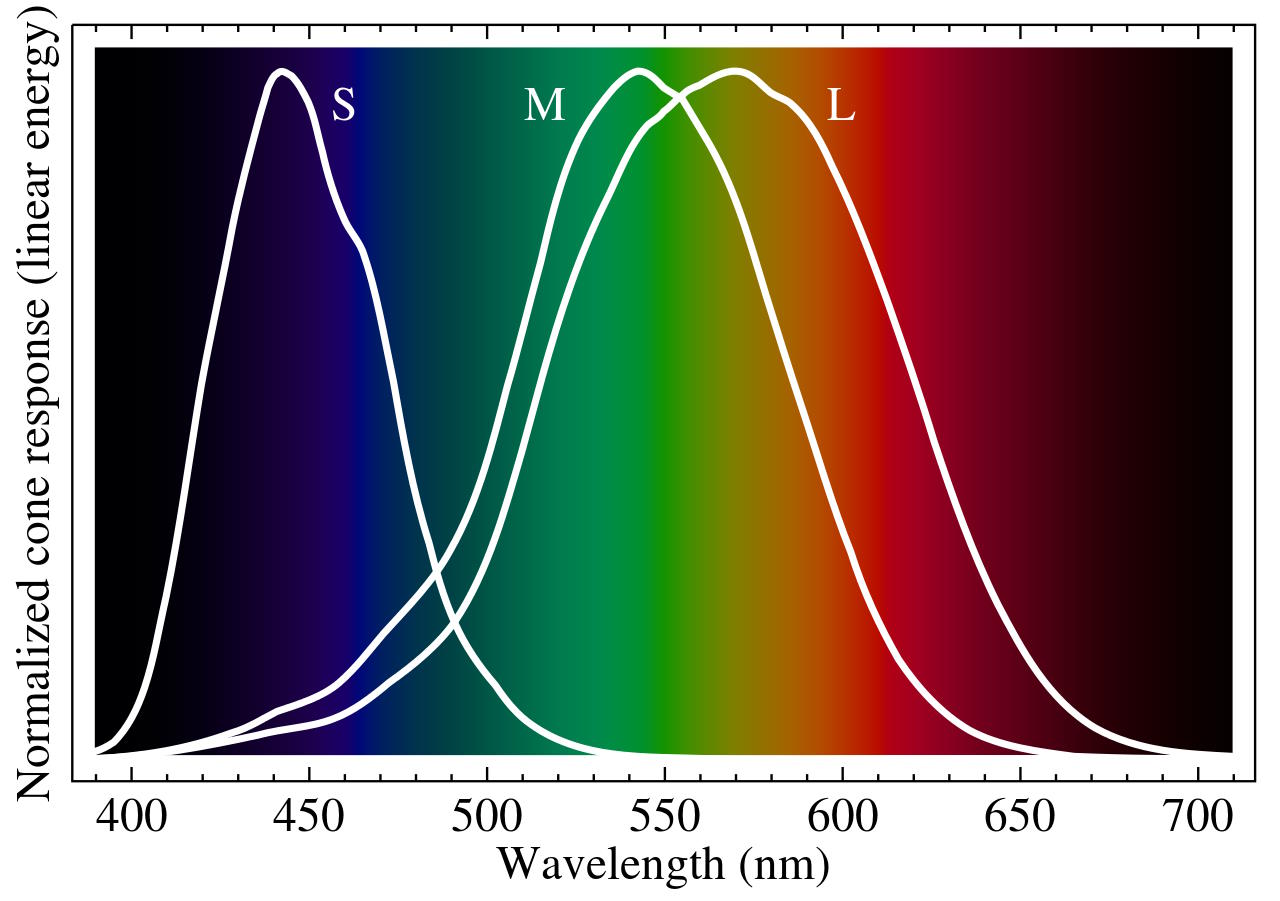A super-thin film that is even thinner than a strand of hair might be the answer to protecting crops from nighttime frost, reducing pollution, and cutting down on plastic waste. As described in Anthropocene, scientists in China combined germanium, a material similar to silicon, with zinc-sulfide, a natural salt, to create a heat-trapping substance that also provides “passive warming” of the air beneath it using specific light wavelengths. “It may seem too good to be true, but this is the most recent discovery,” Emma Bryce wrote for the publication, highlighting that the ultra-thin film could increase ground temperatures by close to nine degrees Fahrenheit without using electricity. The findings were published in the web-based peer-reviewed journal Nature. The farming industry has been adapting to weather conditions for a long time, employing various methods to protect crops, such as using protective plastic covers, heaters, and insulating blankets. According to an article in ScienceDaily, about 5-15% of crops worldwide are destroyed by frost each year, making it crucial to keep them warm to avoid financial losses and food shortages. However, as noted by Anthropocene, the previously mentioned solutions are not efficient and can consume a significant amount of energy. A study in the United Kingdom found that heating accounted for 37% of total energy usage in agriculture, with 86% of that demand met by polluting energy sources, including coal, oil, and gas, as reported by HRS Heat Exchangers. The excessive warming of our planet, mainly caused by the use of polluting energy sources, has further complicated matters for farmers, as it has been linked to extreme weather events such as droughts and heavy snowfall. Based on a Bayer Farmer Voice survey, 71% of farmers reported that changing global temperatures have affected their farms, while 73% faced increased pressure from diseases and pests, some of which have expanded their habitats and populations. This led to an estimated average income reduction of 15.7%. The researchers have already conducted field tests with their ultra-thin film, and while there is no information on its potential widespread availability, they believe that experimenting with different light wavelengths could help tailor the technology to support crops in various conditions, including desert climates. “Ultimately, the innovative photonic strategy for night-time warming foreshadows a hopeful approach to energy conservation in diverse scenarios, thereby paving the way for a new era in the pursuit of carbon neutrality,” concluded the researchers in the study. Subscribe to our free newsletter for weekly updates on the latest innovations improving our lives and helping to preserve the planet.
Revolutionary Ultra-thin Film Offers Promising Solution for Farmers: Could Be Game-Changer














